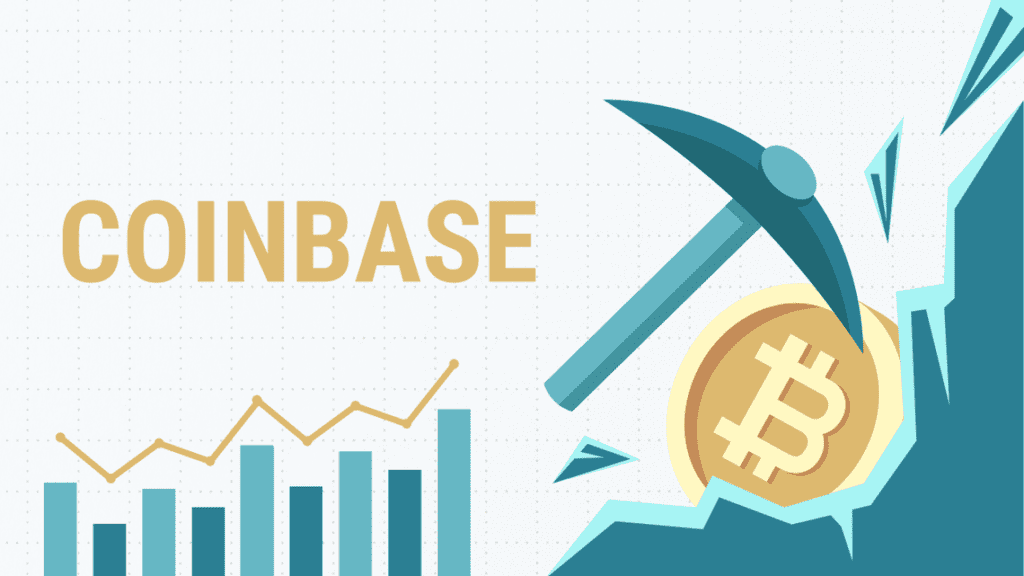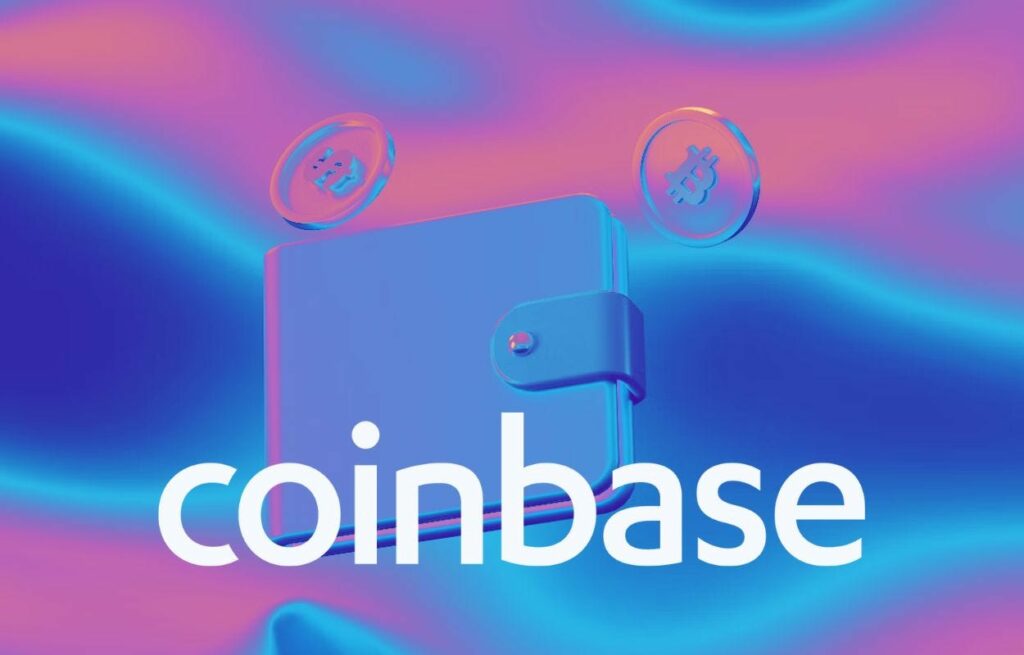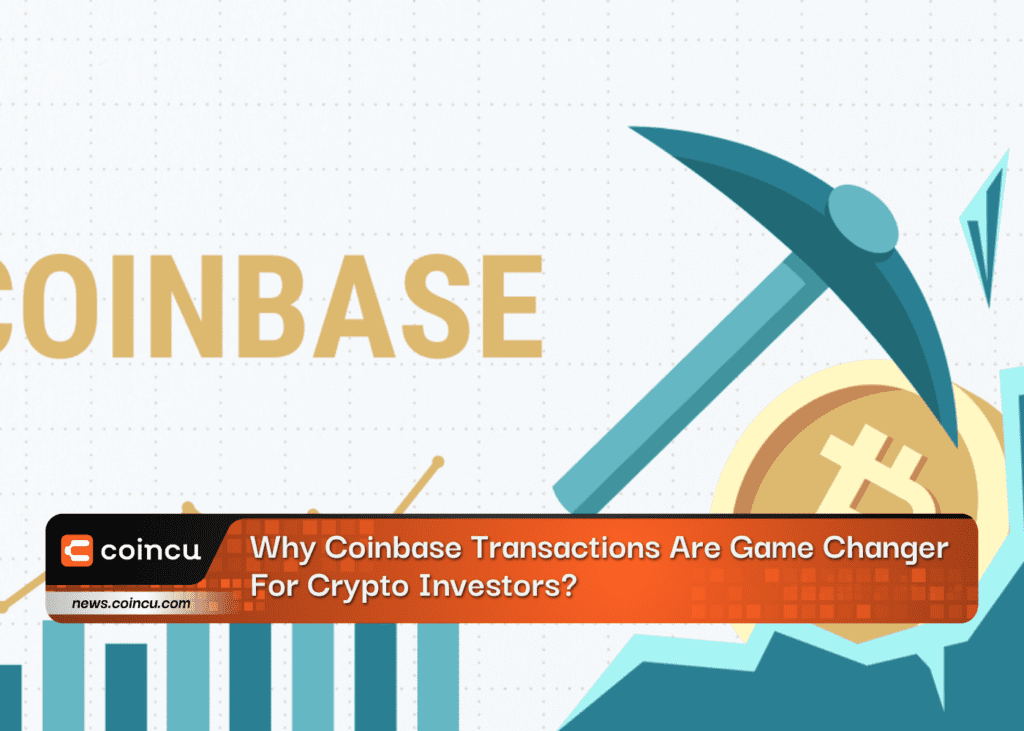Coinbase transactions are a crucial component of the cryptocurrency ecosystem that help to incentivize miners, secure the blockchain, and maintain the stability of the network.

For investors, they provide insight into the sentiment of stakeholders in the network and help to maintain the limited supply of cryptocurrencies, which can be important for maintaining their value over time.
What are coinbase transactions?
Coinbase transactions refer to the process of buying and selling cryptocurrencies through Coinbase, which is one of the largest cryptocurrency exchanges in the world. Coinbase transactions allow users to buy, sell, and store a variety of cryptocurrencies, including Bitcoin, Ethereum, Litecoin, and many others.
When a user makes a Coinbase transaction, they can either buy or sell cryptocurrencies using fiat currency or other cryptocurrencies. To make a purchase, the user must first fund their Coinbase account using a bank transfer, credit or debit card, or other payment method. Once the funds are available in their account, they can use them to buy cryptocurrencies at the current market price.
Similarly, when a user sells cryptocurrencies, the proceeds are deposited into their Coinbase account, where they can be withdrawn or used to buy other cryptocurrencies. Coinbase transactions are typically fast and secure, and the exchange takes security very seriously, implementing a number of measures to protect users’ funds.
Coinbase transactions are an essential part of the cryptocurrency ecosystem, providing users with a safe and reliable way to buy, sell, and store cryptocurrencies.
How does a coinbase transaction work?

A Coinbase transaction typically involves the following steps:
- Setting up a Coinbase account: To use Coinbase, you first need to create an account on their website or mobile app. You’ll need to provide some personal information and verify your identity to comply with regulatory requirements.
- Funding your Coinbase account: Once your account is set up, you can add funds to it using a variety of payment methods, such as bank transfer, credit/debit card, or cryptocurrency transfer.
- Placing a buy order: To buy cryptocurrency, you’ll need to place an order on Coinbase’s platform. You can choose the amount and the type of cryptocurrency you want to buy, and Coinbase will show you the current market price.
- Completing the transaction: Once you’ve confirmed the details of your buy order, you’ll need to authorize the transaction. Coinbase will deduct the funds from your account and purchase the cryptocurrency at the current market price. The cryptocurrency will then be credited to your Coinbase account.
- Withdrawing or transferring the cryptocurrency: Once you have purchased cryptocurrency, you can either keep it in your Coinbase account or withdraw it to your personal wallet. You can also transfer it to another exchange or wallet by using the appropriate wallet address.
For selling cryptocurrency, the process is similar. You can sell your cryptocurrency on Coinbase, and the proceeds will be credited to your account. You can then withdraw the funds or use them to purchase other cryptocurrencies.
Coinbase transactions are easy and straightforward, and the platform provides users with a user-friendly interface and various payment options to make buying and selling cryptocurrencies as easy as possible.
What are block rewards and Bitcoin halving?
Block rewards are the incentives that are given to miners who successfully validate a new block of transactions on the Bitcoin network. When a miner successfully solves a complex mathematical problem to verify a new block of transactions, they are rewarded with a certain number of bitcoins. This reward serves as an incentive for miners to continue to verify transactions on the network.
Bitcoin halving refers to the process of reducing the block reward that miners receive for verifying transactions on the Bitcoin network by half. This happens approximately every four years, and it is programmed into the Bitcoin protocol to limit the supply of new bitcoins being created over time. The first Bitcoin halving occurred in 2012 when the block reward was reduced from 50 bitcoins to 25 bitcoins. The second halving took place in 2016 when the reward was reduced to 12.5 bitcoins, and the third halving took place in 2020, reducing the reward to 6.25 bitcoins.
The purpose of the halving is to prevent inflation and ensure that the supply of bitcoins remains limited, similar to how gold is scarce and valuable. This feature helps to maintain the value of bitcoins and make it a deflationary currency.
What is a coinbase maturity rule?
The coinbase maturity rule refers to the requirement that newly mined bitcoins must mature before they can be spent or transferred. When a miner successfully mines a new block on the Bitcoin network, they are rewarded with a block subsidy (which includes the block reward and any transaction fees included in the block). This block subsidy is generated in a special transaction called the coinbase transaction.
The coinbase transaction has a special status in that it cannot be spent until it has reached a certain number of confirmations, which is typically 100 blocks. This means that the bitcoins generated in the coinbase transaction must remain in the miner’s wallet for a certain amount of time before they can be used or transferred. This ensures that newly created bitcoins are not immediately spent, which could disrupt the stability of the network and cause other issues.
The coinbase maturity rule is a fundamental feature of the Bitcoin protocol that helps to ensure the security and stability of the network. It also helps to prevent miners from exploiting the system by immediately selling the bitcoins they have generated, which could cause sudden price fluctuations and other problems.
What is fork-prevention in a coinbase transaction?
Fork-prevention in a coinbase transaction refers to a mechanism that is used to prevent accidental forks in the Bitcoin blockchain. When a miner successfully mines a new block, they create a special transaction called the coinbase transaction, which includes the block reward and any transaction fees associated with the block. The coinbase transaction also includes a field called the coinbase data, which can be used to add arbitrary data to the transaction.
To prevent accidental forks in the blockchain, the coinbase data field is often used to include a unique identifier or “tag” that identifies the miner who created the block. This tag is typically a string of characters that is unique to the miner, such as their name or the name of their mining pool.
When other nodes on the network receive the new block, they check the coinbase data field to ensure that it matches the expected tag for the miner who created the block. If the tag does not match, the block is considered invalid, and it will not be added to the blockchain. This helps to prevent accidental forks by ensuring that all miners use unique coinbase data tags that can be easily identified and verified by other nodes on the network.
Fork-prevention in a coinbase transaction is an important feature of the Bitcoin protocol that helps to ensure the integrity and security of the blockchain. By using unique coinbase data tags, miners can prevent accidental forks and ensure that their blocks are accepted by other nodes on the network.
What is a transaction value and customizable text property in a coinbase transaction?
In a coinbase transaction, the transaction value refers to the total amount of bitcoins that are being generated and awarded to the miner who successfully mines the block. This value consists of two components: the block reward and any transaction fees associated with the block.
The block reward is a fixed amount of bitcoins that is generated every time a new block is mined. Currently, the block reward is 6.25 bitcoins, but this value is halved approximately every four years as part of the Bitcoin protocol’s design. The transaction fees are optional fees paid by users to incentivize miners to include their transactions in a block.
In addition to the transaction value, the coinbase transaction also includes a customizable text property known as the coinbase data. This property allows miners to add arbitrary data to the coinbase transaction, such as a message or a custom identifier.
The coinbase data is typically used for two purposes. First, it is used as a unique identifier to prevent accidental forks in the blockchain, as I explained in my previous answer. Second, it is sometimes used for signaling purposes, such as to indicate support for a particular software upgrade or consensus rule change.
For example, during the Bitcoin scaling debate in 2017, some miners included a message in their coinbase data to signal support for the Segregated Witness (SegWit) upgrade. This allowed other nodes on the network to see which miners supported the upgrade and helped to build consensus around its adoption.
The transaction value and customizable coinbase data property are important features of the coinbase transaction that help to maintain the security and stability of the Bitcoin network.
DISCLAIMER: The Information on this website is provided as general market commentary and does not constitute investment advice. We encourage you to do your own research before investing.
Join us to keep track of news: https://linktr.ee/coincu
Annie
Coincu News





